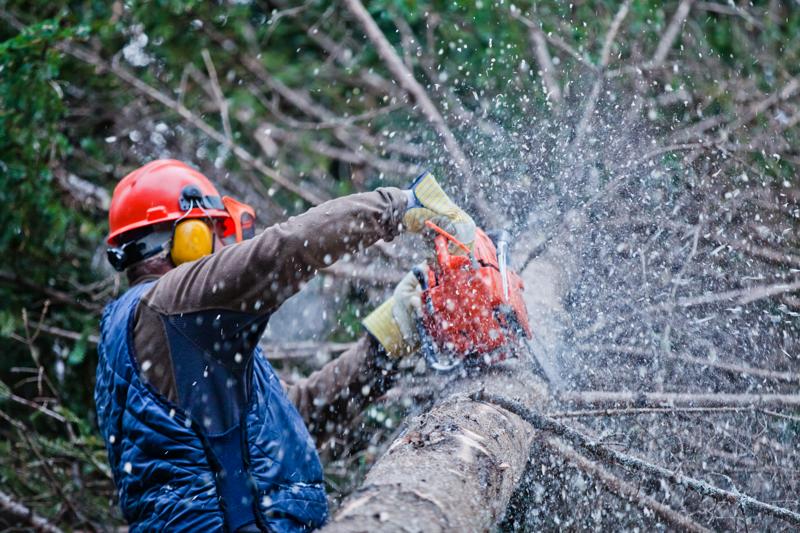How Long Do Cut Tree Roots Last?

Tree removal is a crucial job for many property owners, but it’s not as easy as cutting down the branch and allowing the roots to decompose. Understanding the longevity of the tree’s roots is essential in ensuring your removal is completed properly and safely. In this article, we’ll examine the duration the roots of trees last after a tree has been cut down , and also answer several of the frequently asked concerns about this subject.
How long will tree roots last after cutting them down?
The time span for the roots of a tree after it is cut down may differ greatly based on the type of tree, the size of the roots, as well as the environmental conditions. It is generally reasonable to believe that tree roots will remain alive for many years after the tree is removed. This is because the roots are capable of taking in water and nutrients from the soil, regardless of whether the tree is removed.
The factors that determine the longevity of Tree Roots
There are many variables that affect the longevity of tree roots after a tree is removed. These include: Species of tree: Some species of trees possess roots which are much more robust and last longer than others. For instance the oak tree’s roots have been known to live for several decades after the tree was taken down. Size of the roots The more extensive the tree’s roots, the longer they will likely live after the tree is cut down. This is because bigger roots have a greater capacity to absorb moisture and nutrients in the soil. Environment conditions: The soil type, temperature, as well as the level of moisture in the area that the tree was removed will influence the lifespan of the roots. When the soil becomes dry, compacted and degraded the roots will decay faster. In the case of soil that is well-drained and moist, they will live longer.
What happens to the tree Roots Following the cutting?
If a tree is cut down the roots gradually begin to decay. The process could take several years, depending on the factors mentioned above. In this period, the roots will slowly let nutrients into soil, which can be beneficial for other plants that are in the vicinity. When the roots are fully gone through their decomposition, they will not pose a risk to structures or landscapes around them.
FAQs:
Are tree roots able to grow again after being cut down?
Tree roots are not able to regenerate after a tree has been removed. After the roots have been removed, they will gradually begin to decompose and will no longer be capable of regrowing.
Will tree roots continue to grow after cutting down?
The roots of trees aren’t going to remain growing after a tree is cut down. However, they will remain alive for a number of years, as they’re still capable absorption of nutrients and moisture out of the earth.
Do tree roots continue to grow even after the cutting?
No, tree roots won’t continue to grow after the tree has been cut down. After the tree is removed, the roots will slowly begin to decompose and not pose a risk to surrounding structures or landscapes.
Conclusion:
In the end, the life span of tree roots following a tree has been removed can be a lot dependent on a variety of factors. Understanding the length of time the tree’s roots can last is vital to ensure that the removal of trees is carried out properly and safely. If you have a tree that needs removal, it is always recommended to hire an experienced Sydney Tree Lopping arborist to carry the task. Our highly-trained and experienced arborists are equipped with the right tools and know-how to safely and efficiently remove trees and address any concerns about the longevity that the tree’s roots. Call us today at 1300 274 346 to schedule a consultation and find out the details about our services for tree removal within Sydney. Do not risk damaging your property or putting yourself in danger by attempting to remove a tree on your own. Let the experts from Sydney Tree Lopping handle all of your tree removal needs.





















